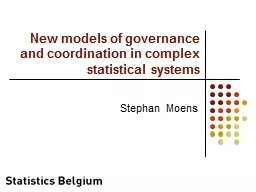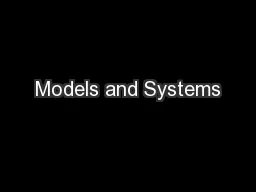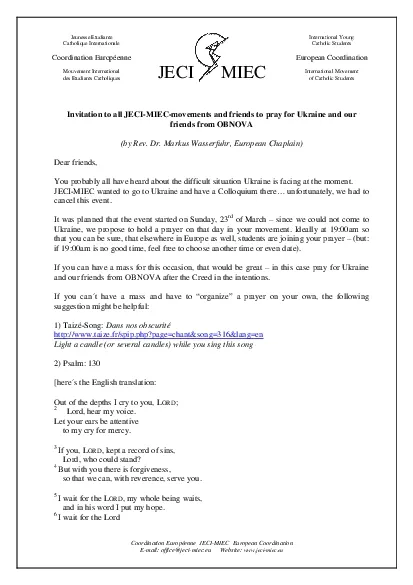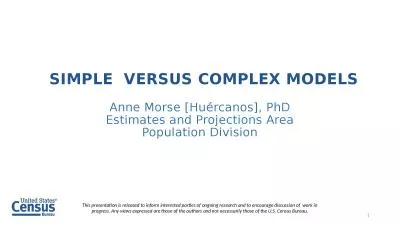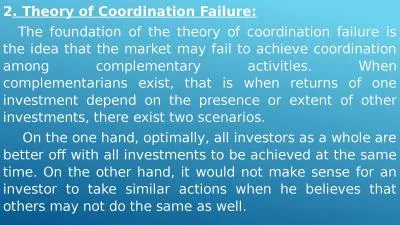PPT-New models of governance and coordination in complex statistical systems
Author : keywordsgucci | Published Date : 2020-10-22
Stephan Moens The Belgian Statistical System A long history from Quetelet to the latest State Reform Functional decentralisation Statistics Belgium and
Presentation Embed Code
Download Presentation
Download Presentation The PPT/PDF document "New models of governance and coordinatio..." is the property of its rightful owner. Permission is granted to download and print the materials on this website for personal, non-commercial use only, and to display it on your personal computer provided you do not modify the materials and that you retain all copyright notices contained in the materials. By downloading content from our website, you accept the terms of this agreement.
New models of governance and coordination in complex statistical systems: Transcript
Download Rules Of Document
"New models of governance and coordination in complex statistical systems"The content belongs to its owner. You may download and print it for personal use, without modification, and keep all copyright notices. By downloading, you agree to these terms.
Related Documents

